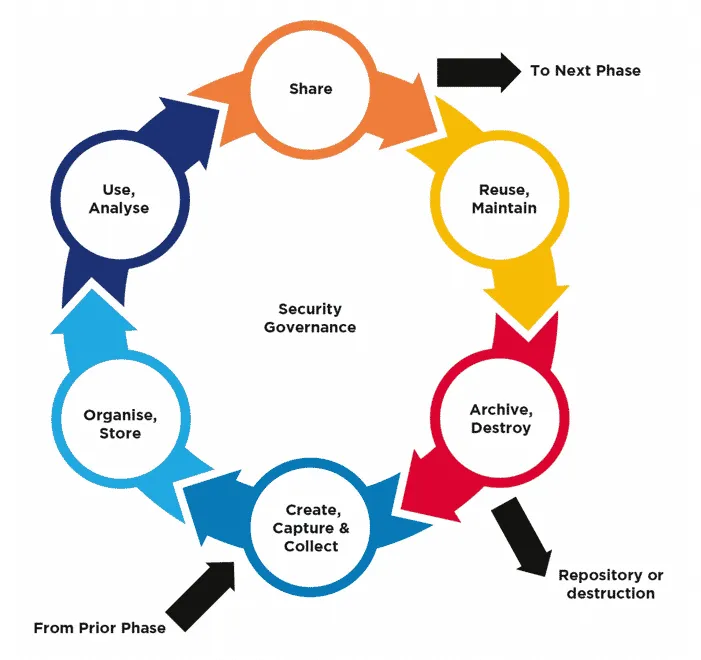The Importance of Data Lifecycle Management: What It Is And Why You Need It
It’s no longer possible to think about enterprise data as discrete chunks of information. Data is everywhere now. More than that, it is all interconnected. At local and global organization levels, the same body of data passes through many hands and informs decisions across multiple departments. Company data has become a disjointed living thing that flows throughout information systems. To extend our living data analogy, it’s up to us all — data managers, data workers, and decision-makers alike — the emphasis now focuses on the art of data lifecycle management.
What is data lifecycle management?
While data lifecycle management is a relatively new term, the concept is nothing new. It’s just taken on new meaning and emphasis recently as organizations adopt the concepts of continuous data processing and data mobility. Data lifecycle management refers to the management of the business and technical relationships that define how data is used, transformed and stored over time. Data lifecycle management is a key component of the broader, emerging data culture shift. Business organizations are increasingly realizing that managing data is a top strategic business priority. Why is data management a critical component of the data culture shift? Data lifecycle management is a foundation for fostering an informed data culture.
Why should you care
You might think the trouble with enterprise data is that it is complex. It’s not that complex. People are complicated — even the ones we would like to think of as complex and calculated and objective. But the risk is that your business is too dependent on one data source, or on data points, you don’t have visibility into. Or your systems are too siloed. Or too full of broken tools. Maybe you’re just over your head. The term “data life cycle” is used as a metaphor to help leaders understand the process by which data at any organization moves through its different types of management. Data lifecycle management is not a technology process, it’s a behaviour that is relevant across all of your enterprise’s organizational constituents.
Management in Action
Let’s take a look at a few examples of how some companies are handling data in their day-to-day work. Here’s a brief snapshot of three types of industries represented: financial services, insurance, and government. Let’s start with the financial services industry because that’s one of the most important industries in the world. As you can imagine, the financial services industry has a lot of data. The industry is very global, which requires a high level of international coordination and information sharing. This creates a challenge for managing data. Data from around the world needs to be managed and analyzed from the perspective of a company located in a specific country or region. Ideally, data scientists would work within a group of their own, but usually, it’s not possible.
The future of data lifecycle management
The term data lifecycle management has been around since the 1990s and is still evolving. Today, this umbrella term refers to a suite of processes — such as information governance, data quality management, or enterprise architecture management — designed to ensure that data is reliable, accessible, and interoperable across enterprise information systems. Defined broadly, data lifecycle management drives the optimization of the various activities that take place across the data life cycle, from acquisition to dissemination. For instance, a data lifecycle management organization would ensure that key datasets such as customer records, product histories, and purchase orders are fully documented to ensure the integrity of the underlying data.
Conclusion
At its most basic level, data life cycle management is simply the ability to track and manage a business’s data over time. A growing number of organizations already have programs in place to provide updates and ensure the continued flow of information, but some are neglecting to create a structured approach to the data life cycle. Businesses need a tool that can guide them through all of these processes — from concept to deployment, ensuring that all of their data is protected, managed, and delivered in an effective way.
By updating your data lifecycle management tool with the help of the information in this article, you can ensure your data is both secure and accessible, that the right data is being used in the right way, and that any data defects are discovered and corrected before a business user notices. New modern tools that can bring together both structured and unstructured data sources across the enterprise help to break down data silos and deliver a 360 view often to the single customer level.

